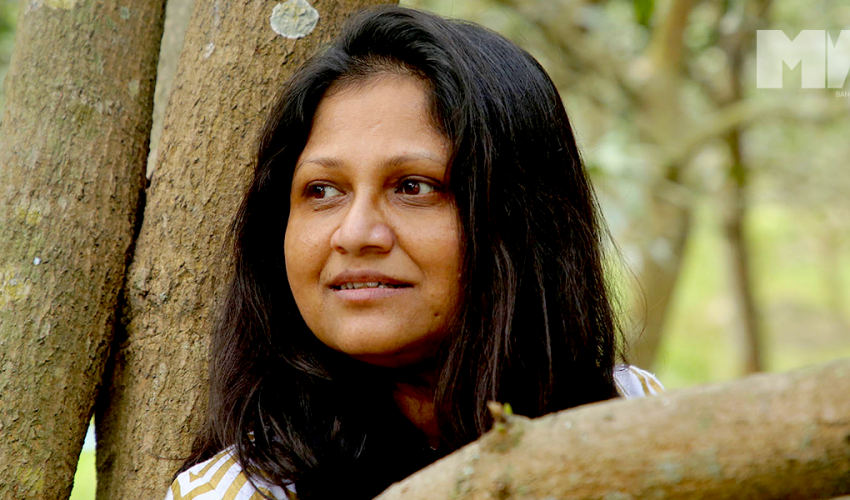By Usraat Fahmidah
Leesa Gazi isn’t one for staying in one lane. Driven by an insatiable urge to share stories, she finds herself pulled in myriad directions. Playwright, film-maker, writer – Leesa Gazi’s various creative pursuits share a singular thread: story-telling. And when it comes to bringing her stories alive, she doesn’t just dip her toe in the creative waters – she cannonballs in. Leesa Gazi is a creative powerhouse.
I was first introduced to Leesa Gazi’s work through her novella Hellfire. In Hellfire, sisters Lovely and Beauty are kept isolated from the society, even as they reach middle age, by their controlling mother Farida. The story explores the suffocating hold of patriarchy on the lives of those three women, and the yearning for freedom and some sort of agency in the sisters’ lives. If I could review the book in one word, I would say haunting. Gazi masterfully portrays the claustrophobic world these women inhabit, leaving you unsettled; but you also become keenly aware of the pain inflicted by patriarchy on women’s lives. But beyond the initial shock, Gazi’s masterful story-telling leaves you awestruck with its ability to translate such a raw experience onto the page.
Despite having read the book several years ago, even with my forgetful memory, I can still vividly recall the chilling feeling that engulfed me while reading the story. That’s how Leesa Gazi’s female characters are – they burrow into your memory.
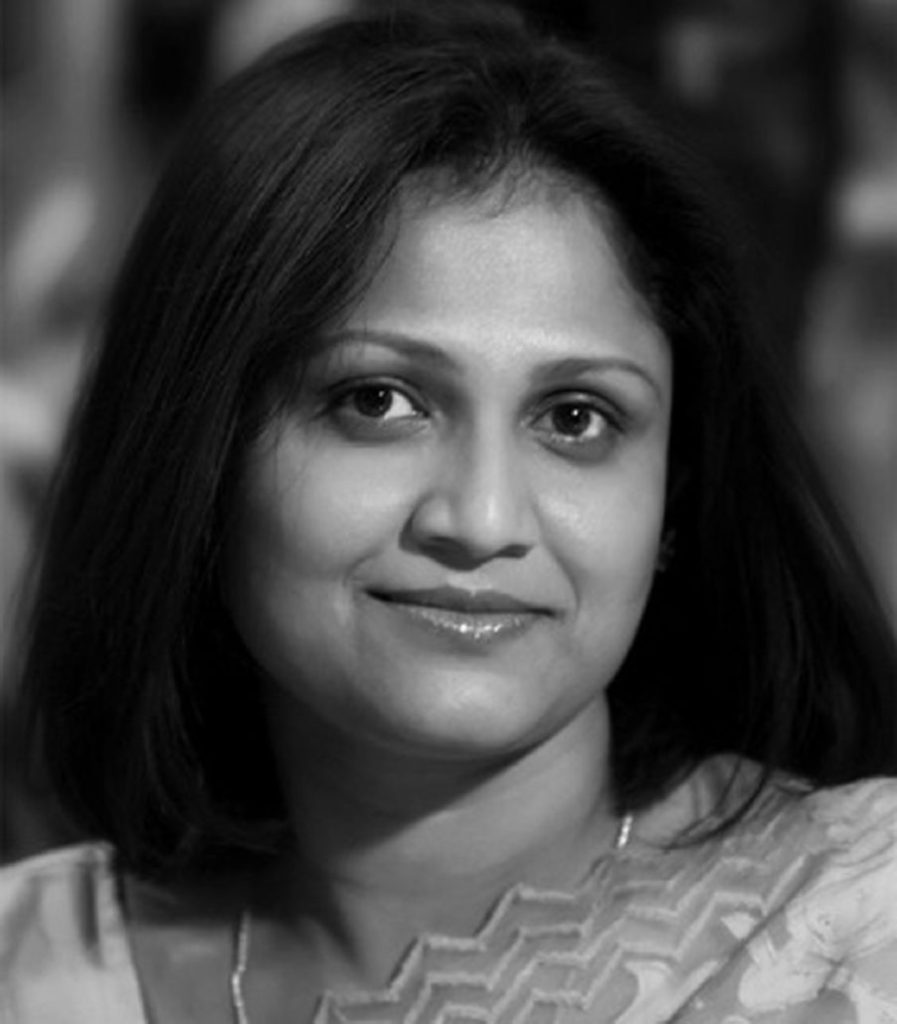
Then there’s her most recent project, a feature film called Barir Naam Shahana. The film is impressive; it’s the raw experiences that are translated on the screen again, of women struggling to have some sort of agency in their lives. Whether it’s witnessing the main character Dipa grapple with the stigma of divorce or the moments where her own family ostracizes her for daring to live independently – you will be moved to tears. With Barir Naam Shahana, the British-Bangladeshi film-maker brings a female gaze, shedding light on the experiences of Bangladeshi women – perspectives that are sorely lacking on the big screen.
“I had written this [Barir Naam Shahana] as a story in 2011 which was published in Prothom Alo. When my documentary Rising Silence was being screened at festivals, a very close friend of mine, Aanon Siddiqua, was with us at that time. On a whim, I asked her if she had read the story. She replied no. So, I insisted she take a look. She then canceled her meeting to read the story with me. After she was done, she said she was very moved by it and wanted to discuss a few things with me. Chol dujon mile etar ekta screenplay likhi. It was then that I proposed to her that we write a screenplay of this together. She replied that she had never written a screenplay before. Then I said: ‘Don’t worry. I can clearly see you playing the character, Dipa,’” she tells me during our conversation.
Following that interaction, Leesa Gazi and Aanon Siddiqua – who portrays the lead role in Barir Naam Shahana – collaborated on writing the screenplay together over the course of several years. This marked her directorial debut for a feature-length film. So, how did she manage it?
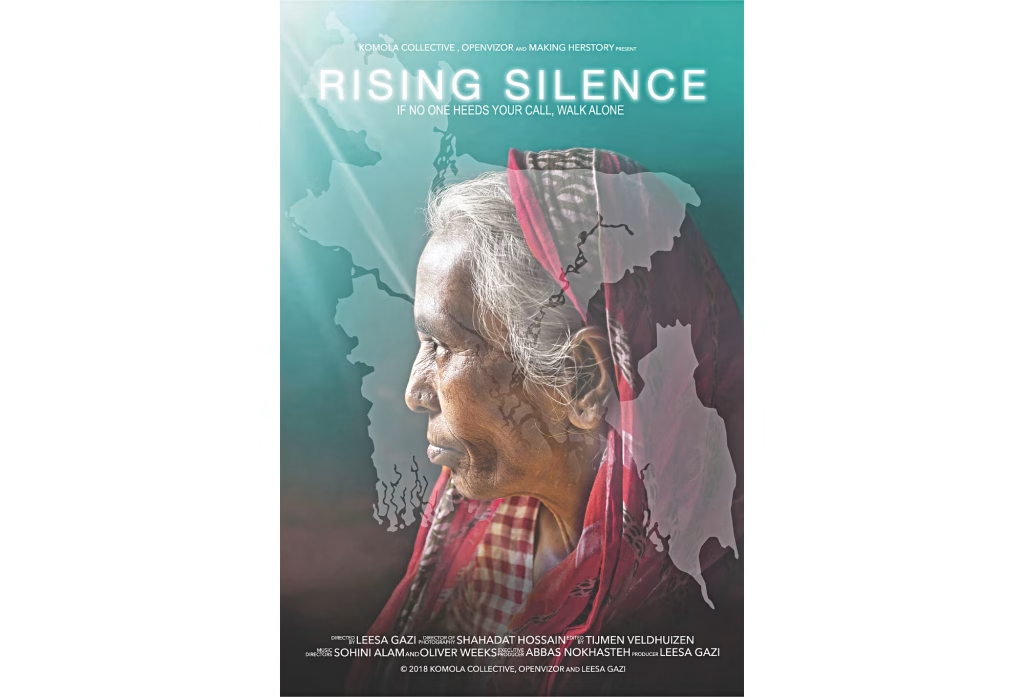
“At that time, I had never directed a fictional feature film. But I thought I might be able to do it. I say I can do it in the sense that – in the humblest way – I can visualize the scenes. This ability to visualize the scenes as a maker gave me the confidence, and made me think that this was possible,” she tells me.
This film showcases the true essence of Leesa Gazi, and her artistic vision. Both Hellfire and Barir Naam Shahana focus on nuanced female narratives, which begs the question: Where does this impulse come from? To share women’s stories?
The impulse first came to Gazi while she was working with survivors of sexual violence of the Bangladesh Liberation War, around 2010. It was during this period that she became acquainted with 21 Birangona apas. “While working with them, spending time with them, and listening to their stories, I realized there was a big gap [in sharing women’s narratives].”
“We often encounter women’s narratives in films, but the nuanced portrayal of our own experiences – whether it’s the experiences of young or older women – is lacking. Bibhinno boyoshi nari, taderke ghirei toh amader jibon. Ebong meye hishebe tader jibon porjobekkhon kora ba lokkho kora khub instinctively amra pari … However, I don’t see these stories, insights, or nuances being reflected on screen.”
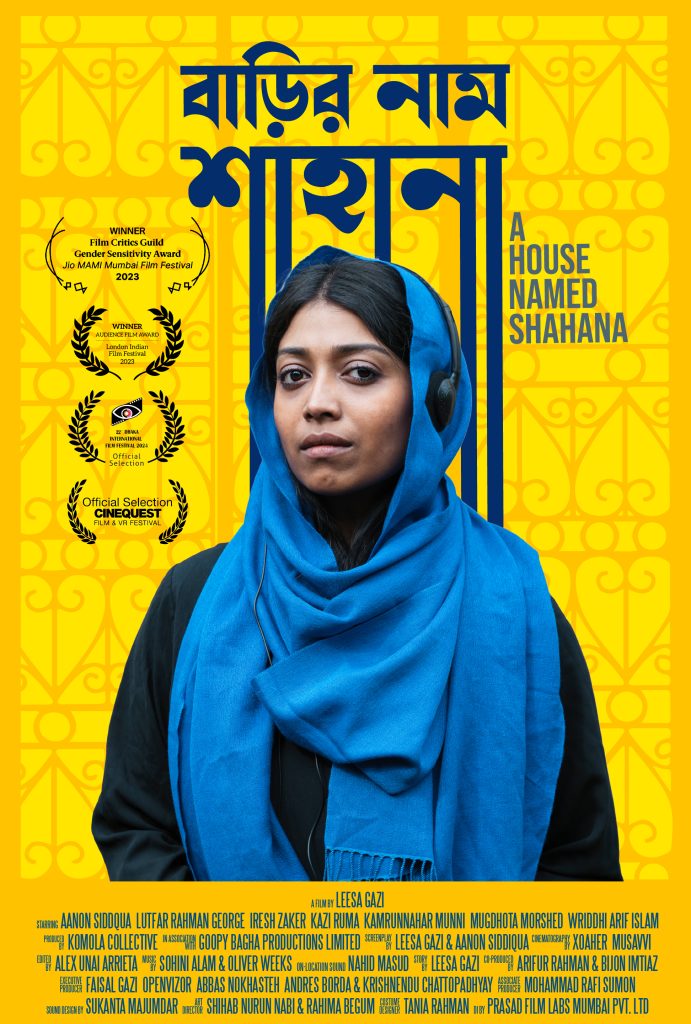
Gazi’s deep understanding of the female gaze informs her work. This perspective has become a cornerstone of her artistic vision. Listening to her, I could sense an undeniable passion in her voice for sharing women’s stories.
“Especially after working with the Birangona apas and sensing this absence of women’s narratives, I realized I have many stories. I know so many stories. The complexity and sensitivity of our life stories, I cannot share them in one lifetime. Tokhon amar mone holo ei jayga ta ami puron korte pari. Because I have embarked on a long journey as a woman, experiencing and witnessing so much myself.”
“I have so many stories to tell, and that’s my purpose,” Gazi emphasizes. That’s how Komola Collective came to be. Founded by four women, including Gazi, the Komola Collective was established with the same vision: to convey women’s narratives from their own perspectives in whatever medium possible, whether it be film, theatre, or exhibitions.
Leesa Gazi credits her work on the award-winning documentary Rising Silence as a turning point in her creative journey. The film, which garnered 15 international accolades, deeply impacted her as a creator. Recently, Barir Naam Shahana bagged the gender-sensitive award at the Jio MAMI Mumbai Film Festival.
Gazi has firmly established her ethos, making her one of the most remarkable and successful creatives of our times. She is dedicated to amplifying women’s voices, and committed to working alongside others to bring her artistic vision to life – and that’s where her success stems from.
“I work collaboratively, which is highly important to me. Our collective also prioritizes collaboration. During work, I value listening to everyone’s perspectives and feedback,” she says.
Talking to Gazi, it was evident that what truly excites her about her work is the opportunity to showcase diverse perspectives, and elevate the voices of women. For Hellfire, published in Bangla as Rourob, she collaborated with translator Shabnam Nadiya to share her story with an international audience. In the case of Barir Naam Shahana, she teamed up with actor Aanon Siddiqua to co-write the screenplay. And at Komola Collective, she collaborates with a diverse ensemble of women from various creative and cultural backgrounds to produce theatre.
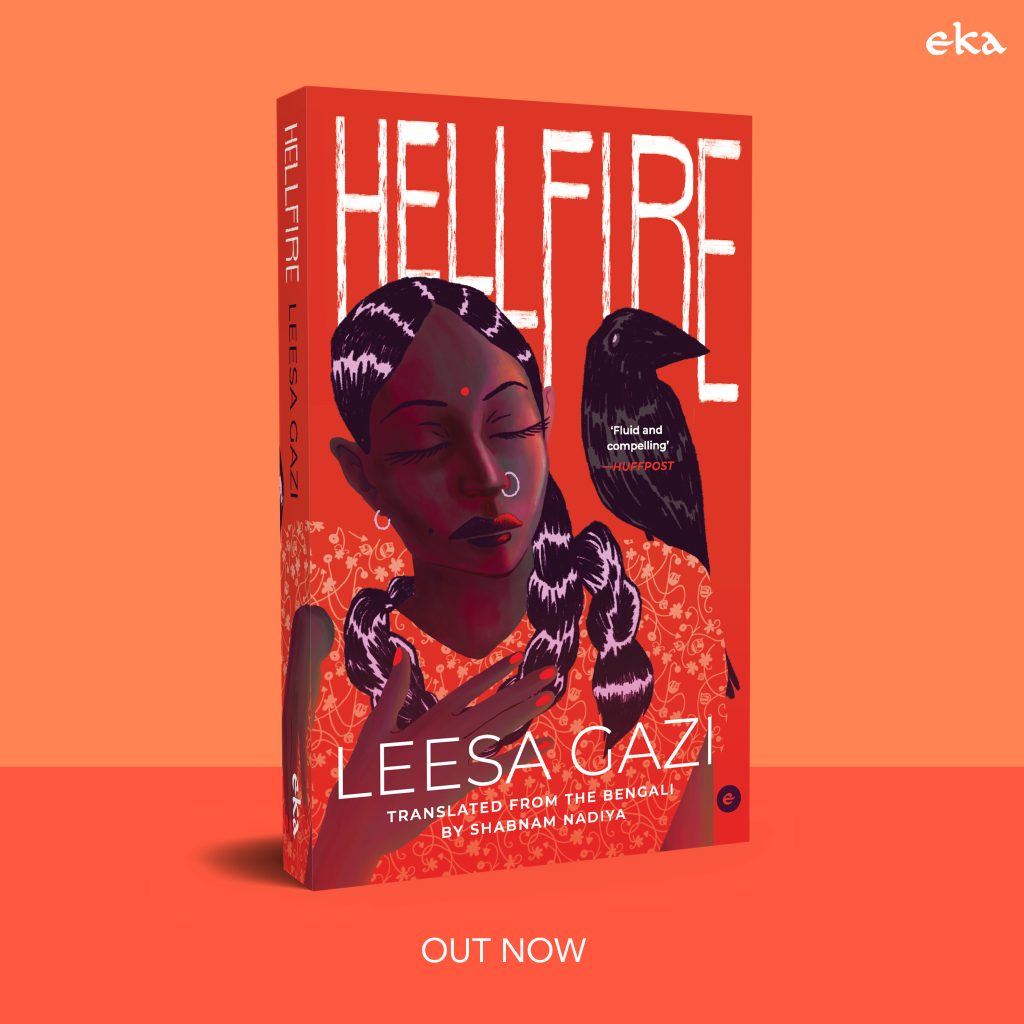
When discussing her decision to approach Aanon Siddiqua to co-write the screenplay, she shared that she valued Siddiqua’s perspective. Despite an 18-year age gap between them, Gazi appreciates the depth of lived experience Siddiqua brings to the character Dipa.
This exemplifies Gazi’s approach to her creative endeavors: she values the richness of diverse voices, and treats every story she tells with sensitivity and respect.
While her critically acclaimed latest project enjoys a global spotlight at film festivals, Leesa Gazi, a tireless creative force, has already set her sights on her next project: a feature film. Gazi is co-writing the script for her second feature film, Shasti, alongside Aanon Siddiqua and Sadia Khalid Reeti. Inspired by Rabindranath Tagore’s short story, the film will be a contemporary reimagining set in modern-day Dhaka. The trio is working on the first draft of the screenplay.
“I’m very excited about it. I love working collaboratively,” Gazi says.
She’s also busy with her latest stage production Indigo Giant which is touring in the UK. Despite a jam-packed schedule, Gazi says she wants to take her time to complete her second novel.
With a body of work that champions women’s narratives through multifaceted lenses, Leesa Gazi has already carved out a space for herself. Whatever her next project might be, we know one thing for sure, with each project, Gazi has raised the bar, leaving audiences hungry for her next masterpiece.




